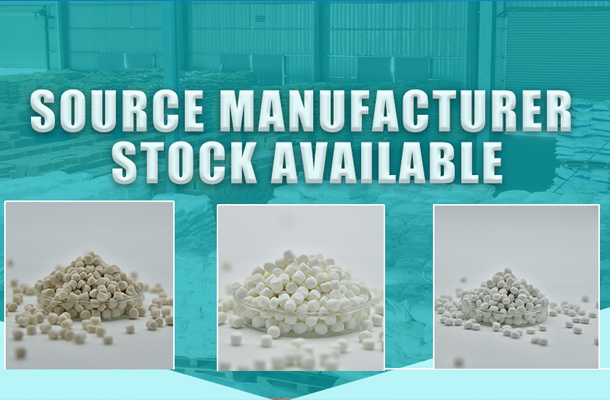Rutile titanium dioxide, with its distinct properties, offers several advantages over other forms, particularly anatase, making it highly sought-after in numerous industries. Here are the main advantages and application areas of rutile titanium dioxide:
Advantages of Rutile Titanium Dioxide
High Refractive Index and Opacity: Rutile's higher refractive index (around 2.71) results in superior hiding power and opacity. This means it can provide a brighter, whiter appearance with less material, making it very efficient for pigmentation purposes.
Excellent Weather Resistance: Rutile titanium dioxide is highly resistant to UV light, heat, and weathering, ensuring long-lasting color stability and durability in outdoor applications. It resists fading, chalking, and yellowing, preserving the original appearance of coatings and plastics over time.
Superior Light Scattering: Rutile's ability to scatter light effectively enhances its reflective properties, improving the brightness and whiteness of the final product.
Good Dispersion and Abrasion Resistance: It disperses well in various media and has good mechanical properties, including hardness and abrasion resistance, which are essential for maintaining the integrity of coatings and plastics during processing and use.
Thermal Stability: Rutile is more thermally stable than anatase, making it suitable for high-temperature applications without undergoing structural changes that could affect its performance.
Application Areas
Paints and Coatings: The excellent weathering properties and high opacity of rutile titanium dioxide make it ideal for architectural and industrial coatings, automotive paints, marine coatings, and powder coatings. It ensures longevity and aesthetics in exterior applications.
Plastics: In the plastics industry, rutile TiO₂ is used as a whitening agent and UV stabilizer in products such as PVC, polyolefins, and engineering plastics, improving their visual appeal and durability.
Printing Inks: It is used in ink formulations to enhance whiteness, opacity, and print quality, especially in flexographic and gravure printing processes.
Paper: As a coating pigment, rutile titanium dioxide improves the brightness and printability of paper, reducing ink consumption and enhancing the overall appearance of printed materials.
Cosmetics and Sunscreens: Although less common in cosmetics due to its larger particle size, rutile TiO₂ can still be found in some sunscreen formulations due to its natural UV-blocking abilities.
Specialty Applications: Rutile titanium dioxide's unique properties are leveraged in niche applications like photovoltaic cells, where its high refractive index can improve light scattering and thus enhance the efficiency of solar panels.
Overall, rutile titanium dioxide's combination of optical, physical, and chemical properties makes it a versatile and reliable ingredient across a wide array of industries, particularly where durability and aesthetic appeal are paramount.








